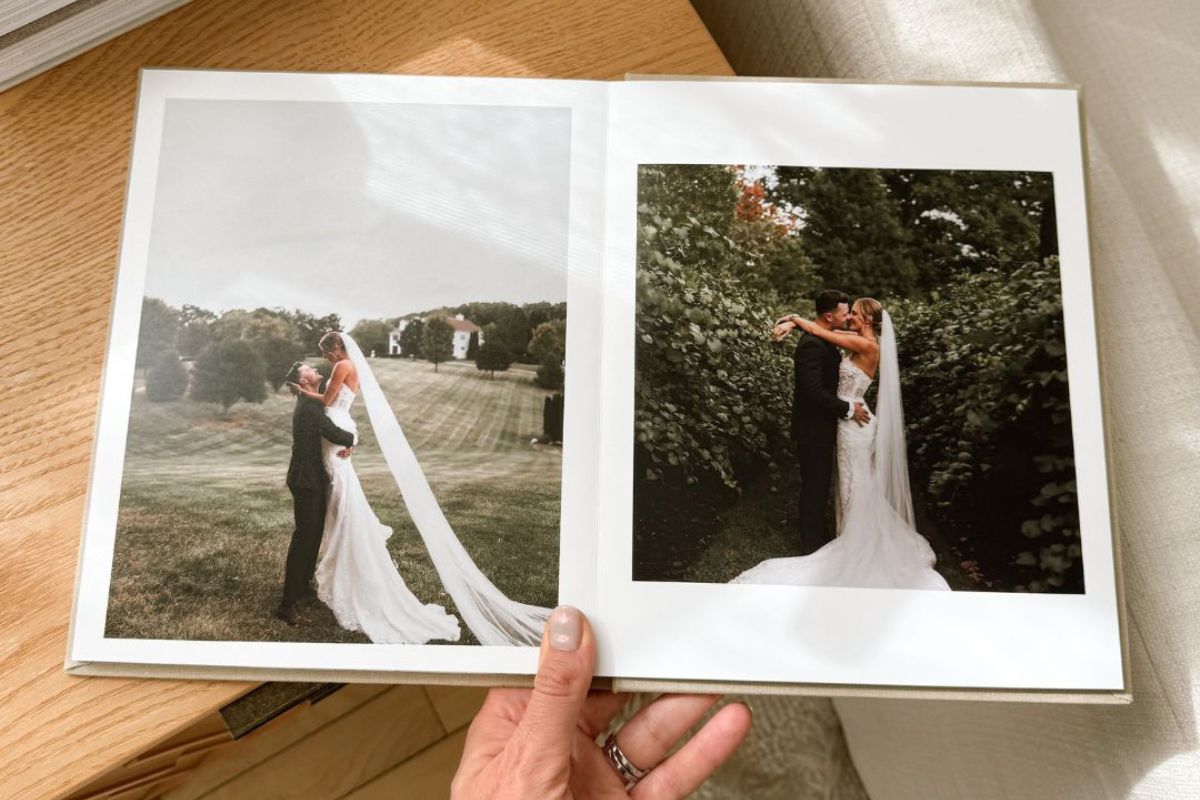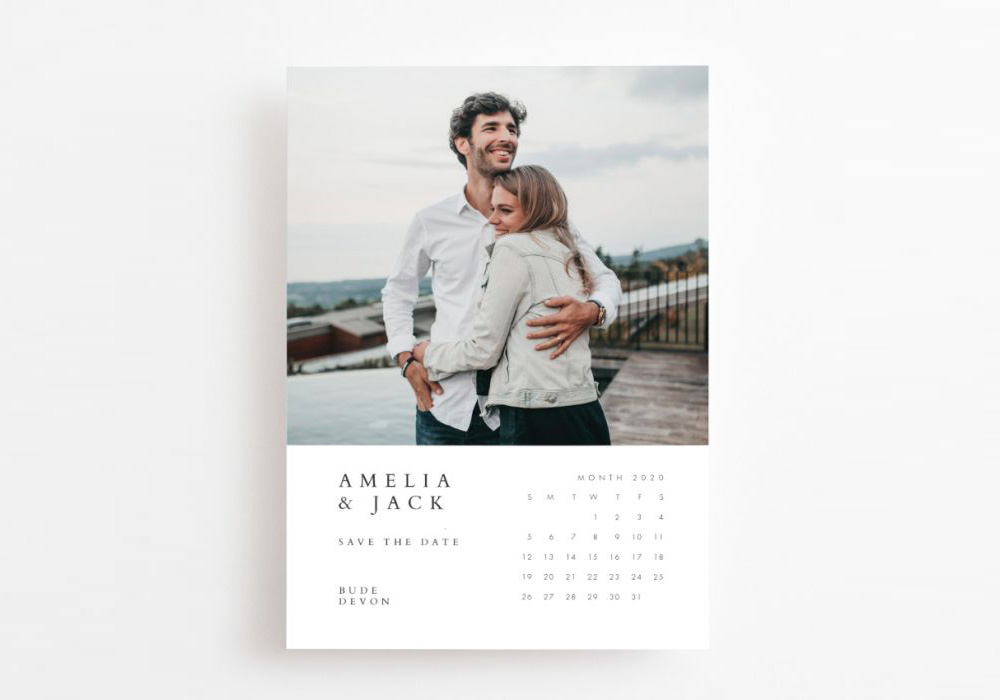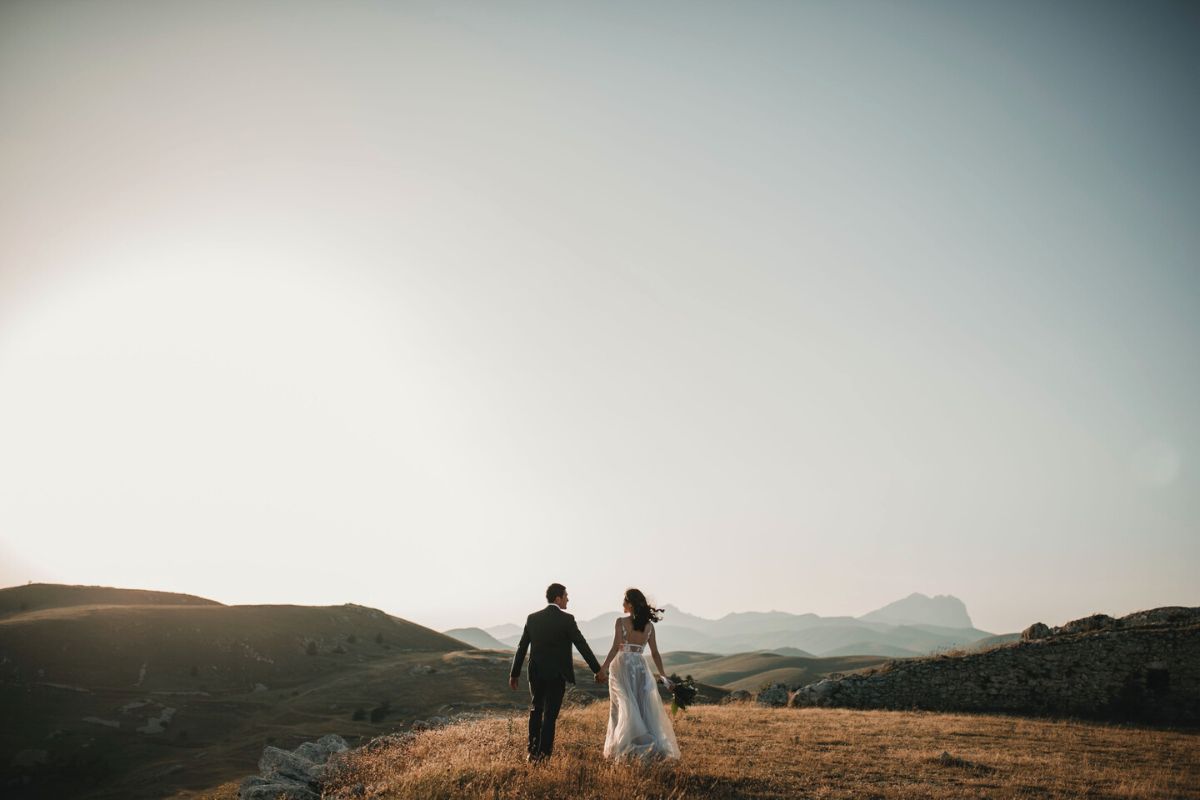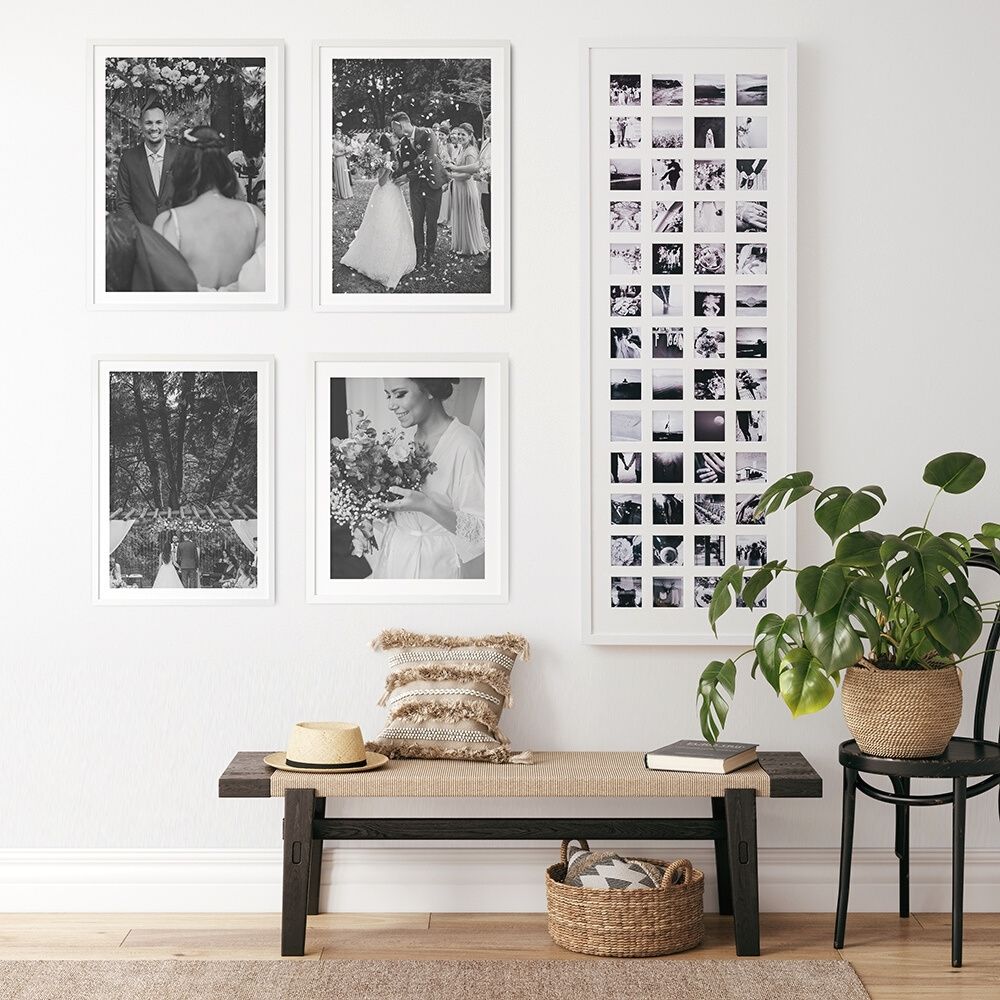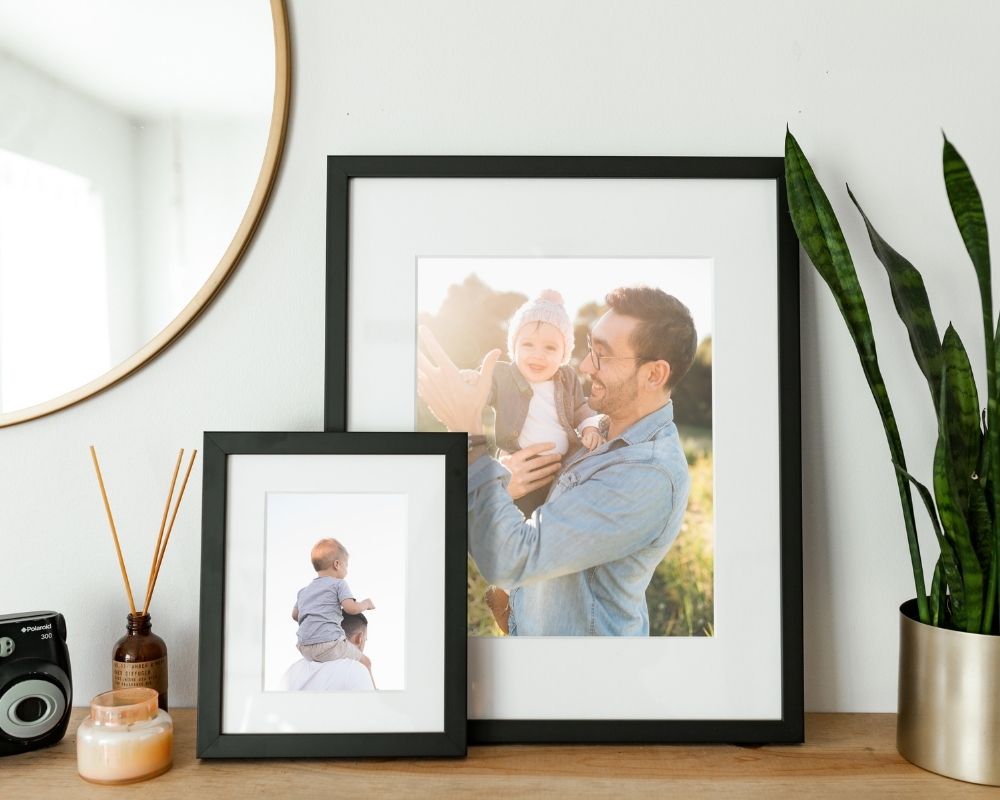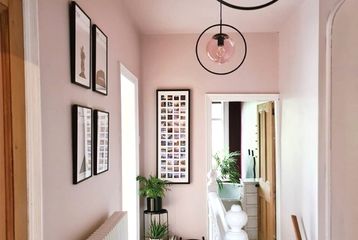Not every story needs the same stage. Some moments call for a grand, coffee-table statement; others are best told in a compact, easy-to-share format. Use this guide to choose the right size for travel,
The Edit
- Posted: November 10, 2025Categories: Tips & GuidesCreating a photo book isn’t just about printing pictures. It’s about choosing the moments that matter and giving them a place to live — somewhere real, tangible, and easy to return to. A premium photoRead more »
- Posted: August 29, 2025Categories: Travel Tips and GuidesBack from holiday with thousands of photos? Discover how to turn them into a beautiful travel photo book in minutes. Founder Paul Mosley shares his quick method from Mallorca airport.Read more »
- Posted: August 12, 2025Categories: Tips & Guides
- Posted: July 08, 2025Categories: Wedding Tips & GuidesRead more »
Your wedding doesn’t live in a folder on your phone. It lives in the way your partner looked at you during the vows. In the speech your dad gave, hands slightly shaking. In that one photo
- Posted: June 30, 2022Read more »
A save the date is all about giving your guests a heads up – ensuring they put your wedding date in their diary, and have enough time to organise travel and accommodation.
- Posted: June 07, 2022Read more »
The excitement of the big day may have been and gone. But – thanks to your wedding photos – you can relive it as often as you like, particularly when you give beautiful photographs, a beautiful home.
- Posted: May 24, 2022Read more »
Choosing the right title for your photo album is so important. It can set the tone for the entire book and give your friends and family an idea of what to expect.
- Posted: May 24, 2022Read more »
Too many special wedding photographs to choose from? Wondering how to display wedding photos on a wall?
- Posted: May 11, 2022Read more »
A new pair of socks and a crate of beer can only say so much. Choose one of these meaningful gift ideas for dad and make this Father’s Day one to remember.
- Posted: April 05, 2022Categories: Interior Design and StyleRead more »
Your home is your haven, the place where you are at your most comfortable, whether it’s where you kick off your shoes at the end of a busy day and relax on your own or with your partner – or bustling and




